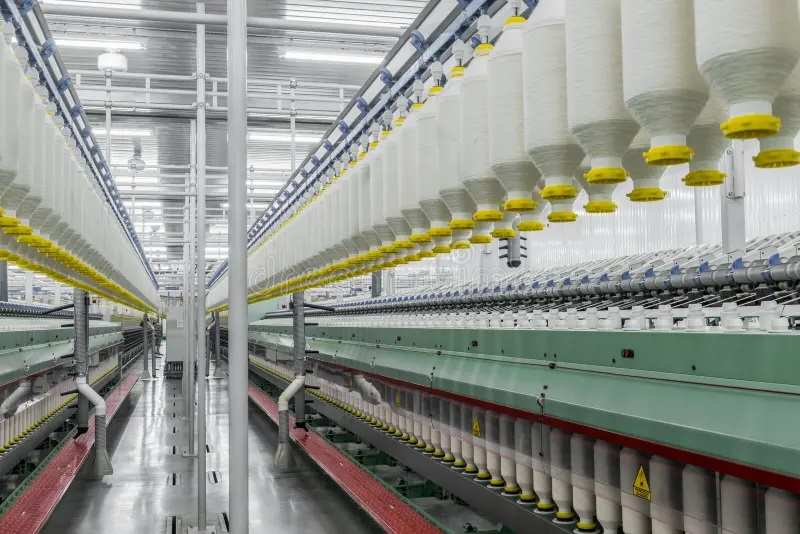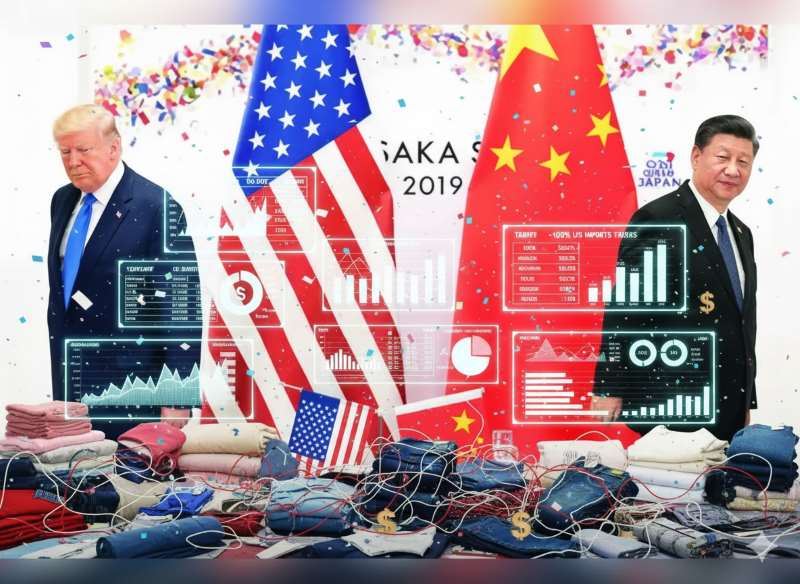
Introduced to the world in 1995, seamless garment machinery was first manufactured in Italy and this category was initially limited to innerwear. Its versatility was soon used not only for outerwear because it combined comfort with body-fitted silhouettes and the advantage of not having seams that can pucker. Soon, it became the go-to technology particularly for athleisure and sportswear and then extended its use in home, automobile, medical and other technical fit outs. In this milieu, Bangladesh, which has been looking for diversifying its export-focused manufacturing from basic cotton garments, has embraced seamless garment manufacturing with a large number of players.
Reputable Bangladeshi exporters
Seamless garments are now a serious contender to becoming a star genre of its own and leveraging this opportunity many large players have established their production base in Bangladesh. To name a few: Fakhruddin Textile Mills, Ecta Dhaka, Ever Fashion, Marinetrans India, The Urmi Group, New Line Clothings, Lm Trading, JM Fabrics, Islam Garments, Shanghai All Link Logistics. Seamless garment manufacturing was initialized by the management of Fakhruddin Textile Mills in 2015 in Bangladesh and its success in exports inspired many more traditional knitwear manufacturers to join in as well. Currently, it has an impressive fleet of 78 machines and has plans to increase the number to 150 within the next two years.
For a nation looking to maximise its share of global apparel export, growing demand for seamless garments was a step in the right direction of diversification. Additionally, Bangladeshi exporters who are reputed for their low-cost supplies saw this technology as cost efficient as it reduced labour hours and rapid production turnaround time – seamless garment technology eliminates fabric spreading, cutting and sewing processes, this was a win-win manufacturing that made Bangladeshi exporters get good deals from the likes of JCPenney, Old Navy, La Sanza, Mother’s Work, Benetton, Reebok, Ahlens, Next, Victoria’s Secret and Wisport among other international brands.
As per Foursource, today Bangladesh has nearly 200 sizeable seamless garment manufacturing companies that are geared towards exports. Khan Mohammad Al Farabi, a specialist in seamless (Santoni) and CWS (construction without sewing) and employed at Islam Garments in Dhaka feels Bangladesh has overcome the initial challenges associated with setting up its seamless garment manufacturing base and is now growing at a healthy rate.
Challenges in going seamless
The biggest challenge of setting up a seamless garment manufacturing is the expensive machinery. Bangladeshi currency hasn’t fared too well which makes importing such expensive machinery a huge challenge. Secondly, the labour employed at such units have to be paid higher wages than the ones working for legacy units as a higher skill set is required to operate the production line. This in turn makes the garments dearer, which exporters may not be able to leverage during negotiations with buyers.
The other overhead cost is that of zero defects, a single defect renders the entire garment useless as there is no room to tuck or fold over. Manufacturers also have to contend with the fact that the manufacturing process cannot be involved if slightly complicated patterns are placed. Faiaz Rahman, Director of Urmi Group say these challenges have been well-handled and as a point of reference his company is one of Puma’s largest global suppliers and also supplies to premium French brand Auchan and high street brands Marks & Spencer and H&M. Today, Urmi produces 700, 000 pieces a month.
Seamlessly from Europe to Asia
Whilst Europe was the pioneer and held sway for the initial decade and a half or so, the seamless garment production hub has shifted to Asia for obvious cost-efficiency reason. Out of the 40,000 machines operating worldwide, China itself, the largest manufacturer of seamless garments, has 25,000 machines operating in production lines. The remaining 15,000 are spread over Vietnam, Sri Lanka, Turkey, Bangladesh, India, Mexico and some other South American countries.












